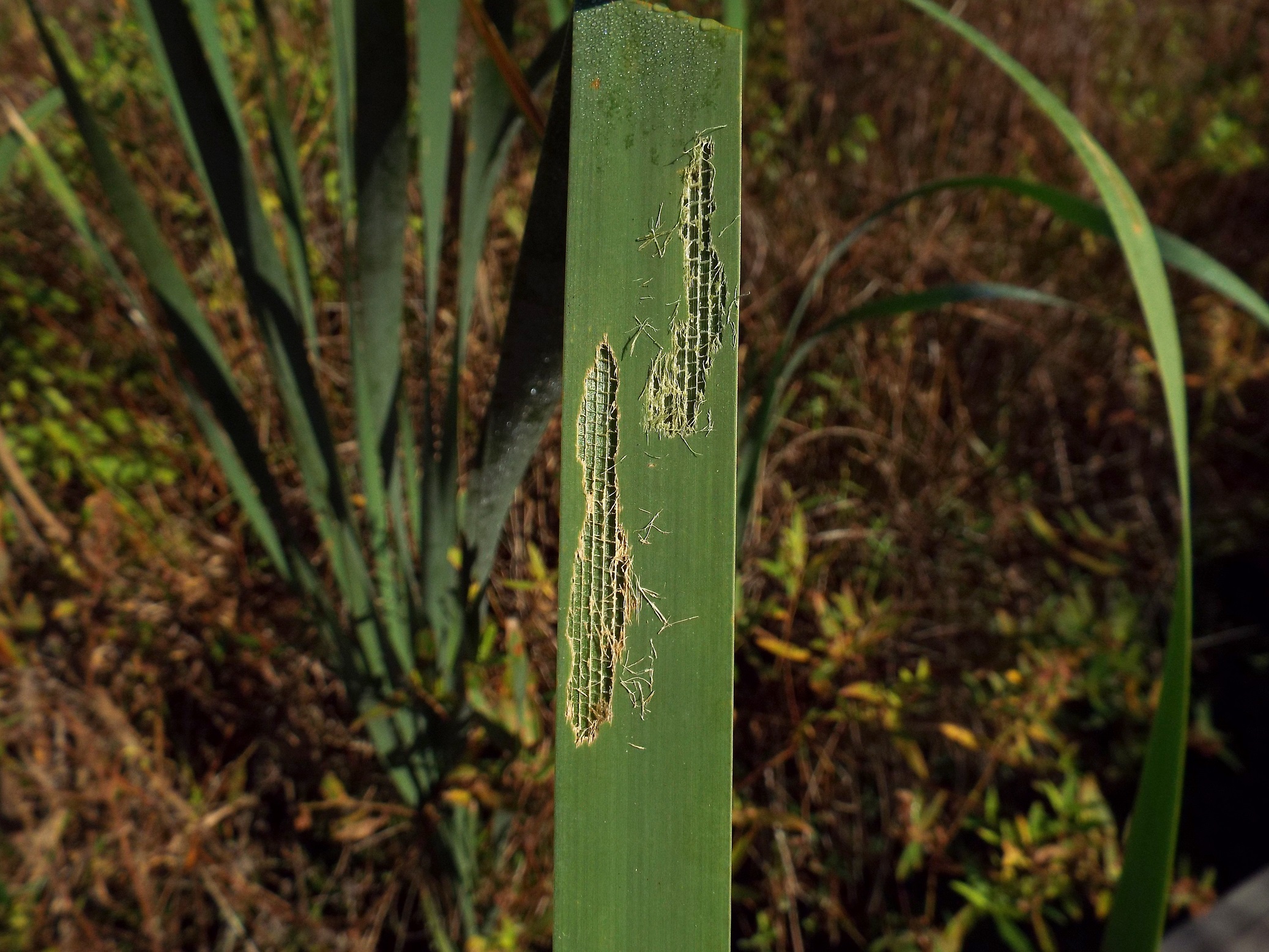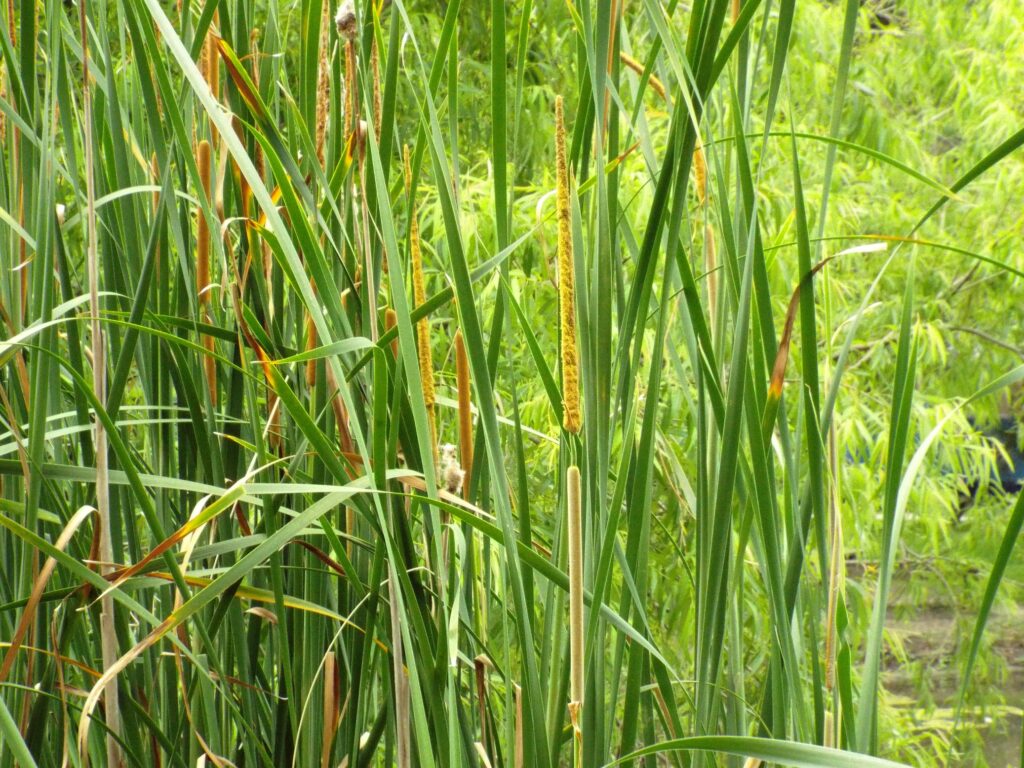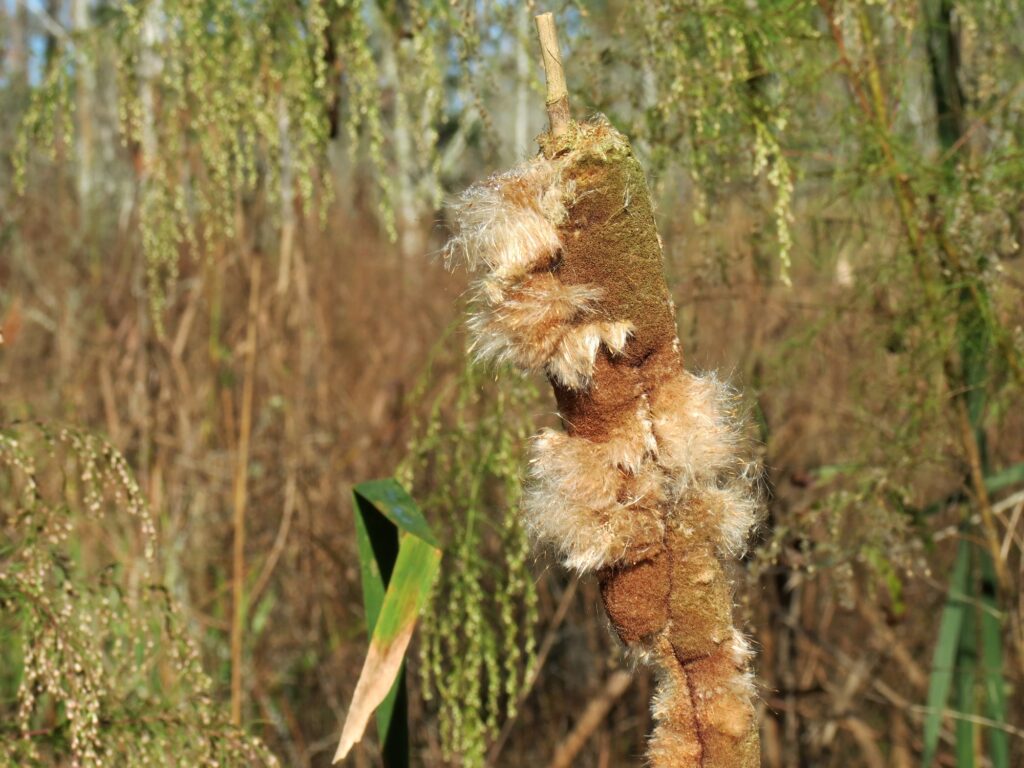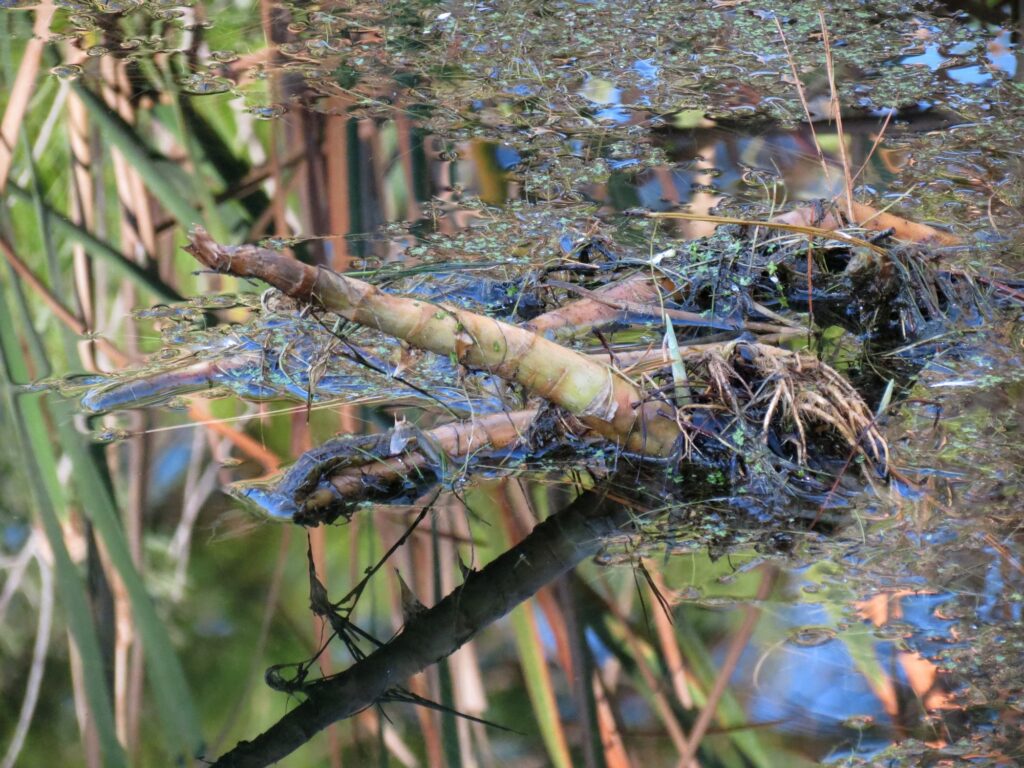



This week for Flora and Fauna Friday we have the wild corndog: the Cattails of Genus Typha.
Long tongues of green with glaucous sheen lap the air over the interstice of water and land, straining to taste the sun and feel the breeze. It lifts an offering on high, one by one its colony of clones sacrifice their labors to the bright above. Loaves of love its community comes to offer into the grip of the wind. A chance for their future to be flung forth into the world, to escape this mire they’ve found themselves confined to and confine itself to another a ways away. The Cattail wades its life away content in its yesterday but not in its future.
Cattails are a staple feature of freshwater marshes throughout the United States but they have a fair bit more competition for murky homes here in the Southeast. Here on Edisto we have three species: Common Cattail (Typha latifolia), Southern Cattail (T. dominigensis), and Narrowleaf Cattail (T. angustifolia). Common Cattail is not surprisingly the most common species and is expected in nearly every sunny freshwater system of the Lowcountry. It’s tall with a broad leaf and with male and female flower parts that butt against each other. Southern Cattail is much the same in appearance to Common Cattail but with leaves a few feet taller and a few millimeters less broad, in addition to flower parts that are soundly disconnected. Its preference is strongly for brackish water and can crop up on the outskirts of our tidal rivers. Narrowleaf Cattail is not a native to South Carolina. Its origin is uncertain and it is likely of European descent. Regardless, it’s here to stay as it has carved out a niche in salt seasoned ditch-work and brackish marshes. As its name implies it has leaves much more narrow, as well as shorter, than its larger congenerics. Its flowers are gapped, and narrow, to boot.
Cattails are a large grass that spreads by stolons, or underground stems. It spreads fiercely in shallow marshes along ponds and rivers. Lands where wet is absolute but the degree of wet is middling and variable. Those stolons are stuffed with starch and edible as well. Its leaves are long and narrow, uniform in their length for feet on end as they tower upward above mud. These leaves are thick and hollow, honeycombed within, which lends them their vertical stability and keeps them afloat in times of flood. Like most wind pollinated grasses, their flower is a two piece affair. It is a tall spike that rises just beyond the sea of leaves. The top is first to mature, with a thin needle of pollen to saturate the air. Shortly behind, the broader sleeve of female flowers captures said windborne pollen with the hopes of it being of foreign origin. As the male pieces wither away the female cylinder swells and darkens to a ruddy complexion. It is a fruit that is best described as a corndog on a bamboo skewer. (No getting around that literarily.) Come winter the breading peels away from our mystery meat shish-kabob to reveal it nothing but breading. A breading of cottony seeds instead of meal. As can be surmised this corndog is less than edible and will quickly lead to cottonmouth. However, the fresh male flowers at the extreme tip are edible yet the other cottonmouth might run you off on attempt to collect some. This compressed seed head quickly disintegrates in the teeth of the biting winter gusts that slice across the marsh and scatter every which way into the atmosphere. The pilgrim progeny let loose to assimilate into the marshes of the Lowcountry.